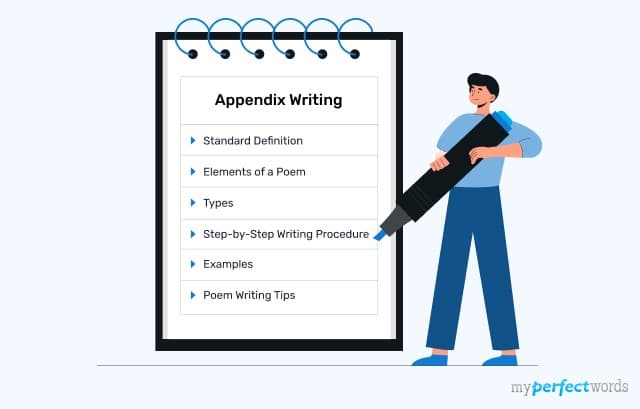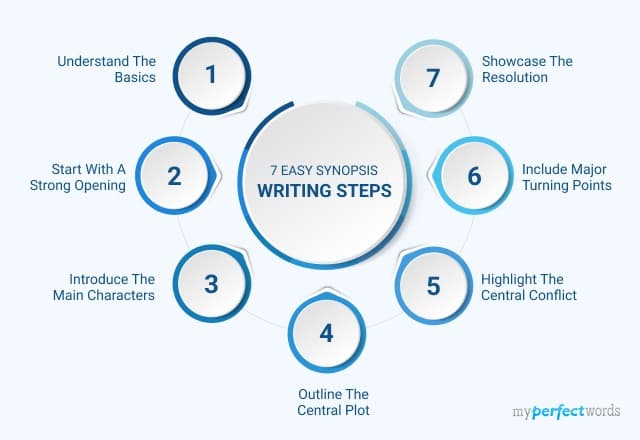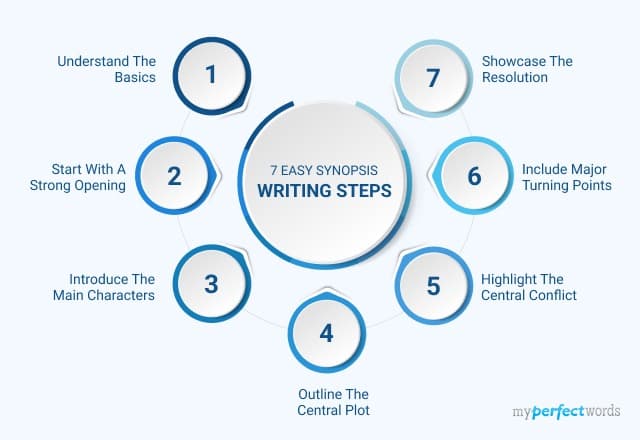Are you finding it tough to summarize your detailed story into a short synopsis? If the thought of summarizing your narrative seems overwhelming, know that many students face this challenge.
Imagine the frustration when you have worked hard to create an interesting story, only to feel stuck when trying to make a short synopsis.
But don't worry!
In this blog, we'll not only explain how to write a synopsis but also highlight common mistakes that students make.
Let's begin!
On This Page![]()
- 1. What is a Synopsis?
- 2. How to Write a Synopsis?
- 3. How to Format a Synopsis?
- 4. How To Write A Synopsis Examples
- 5. Tips for Writing the Perfect Synopsis
What is a Synopsis?
A synopsis is a concise and systematic summary of a larger piece of work, typically a book, movie, play, or academic paper.
In literature, a book synopsis is a short summary that talks about the main parts of a story, like main characters, and central conflict.
For movies, a synopsis is a brief summary that tells the main story, introduces the characters, and sometimes gives away exciting parts of the plot.
In academia, a research paper synopsis is a short description that talks about what the study is trying to do, how it's done, what was found, and what it all means.Pu
Purpose of Writing a Synopsis
The purpose of writing a synopsis is to provide a concise and informative overview of a larger work, be it a book, movie, or research paper.
In simpler terms, when creating a synopsis, it's important to focus on a few key things:
- Making sure the information is easy to understand
- Getting people interested, helping in decision-making
- Presenting it professionally
- Meeting specific submission guidelines.
Think of a synopsis as a helpful tool that tells a little bit about the big work and follows the rules for where it's being sent.

How to Write a Synopsis?
Writing a synopsis is not a difficult task if you follow the correct procedure. A good synopsis requires proper planning and preparation.
The following are the steps involved in writing synopses effectively:
Understand the Basics
Before starting your synopsis, thoroughly understand the work you're summarizing.
Identify the main characters, character motivations, the central conflict, and the key themes. This foundational understanding is crucial for creating an accurate and engaging summary.
Start with a Strong Opening
The opening of your synopsis should grab attention and set the tone for the story. It should introduce the main elements without giving away too much.
Example: "In a world where dreams become reality, protagonist Mia must confront her deepest fears as she discovers the true power of her imagination." |
Introduce the Main Characters
Briefly introduce the main characters, emphasizing their roles and relationships within the story. Focus on the key traits that drive their actions.
Example: "Mia, a determined and imaginative teenager, teams up with Jake, a seasoned dreamwalker, to unravel the mysteries of a parallel dimension." |
Outline the Central Plot
Summarize the main plot, emphasizing the key events that drive the story forward. Include the central goal or conflict that propels the characters.
Example: "As Mia and Jake journey through the dream realm, they must collect the shattered pieces of an ancient artifact to prevent an impending catastrophe." |
Highlight the Central Conflict
Identify and emphasize the central conflict or challenges the characters face. Clearly articulate the obstacles that stand in their way.
Example: "The duo faces relentless adversaries and internal struggles, testing their friendship as they race against time to save both the dream realm and the waking world." |
Include Major Turning Points
Highlight significant turning points or major plot twists that add complexity and intrigue to the story. These moments should showcase the characters' development and contribute to the overall narrative.
Example: "A shocking betrayal forces Mia and Jake to question their alliances, leading to a revelation that reshapes their understanding of the dream realm's power dynamics." |
Showcase the Resolution
Provide a glimpse of how the story concludes without giving away all the details. Indicate how the central conflict is resolved and what changes for the characters.
Example: "In a climactic battle, Mia and Jake confront the source of the impending catastrophe, unlocking the true potential of the artifact and restoring balance to both realms." |
How to Format a Synopsis?
Formatting is a crucial aspect of creating a professional and visually appealing synopsis for agents and editors. Here are some formatting guidelines to consider:
Length:
- Keep your synopsis concise, typically around 500 to 700 words. Focus on key plot points and essential details without unnecessary elaboration.
Font and Size:
- Use a standard, easily readable font such as Times New Roman or Arial.
- Use a font size between 10 and 12 points for optimal readability.
Margins and Spacing:
- Set standard one-inch margins on all sides of the document.
- Use standard single-space or double-spacing to enhance readability.
Language:
- Use clear and straightforward language. Avoid overly complex sentences or excessive details. Aim for a style that reflects the tone of your work.
Presentation:
- Format your synopsis with a readable font and standard font size. Use a professional layout with clear headings and sections to enhance readability
Character Names:
- Introduce characters by their full names in bold and capslock when first mentioned. This helps clarity without repeating full names.
Character Thumbnails:
- Include brief character thumbnails, providing key traits or motivations. This helps the reader quickly understand the characters' roles in the story.
Extra Points:
- Focus on major plot points and avoid including every detail. Be selective and emphasize on the most impactful elements.
Paragraph Structure:
- Organize your synopsis into clear paragraphs for each section, such as the introduction, main body, and conclusion.
Third Person Presentation:
- Write the synopsis in the third person, even if your story is primarily in the first person. This maintains a professional and objective tone.
Tense:
- Write your synopsis in the present tense, regardless of the tense used in your actual work. This creates immediacy and engagement.
Document Type:
- Save your synopsis in a widely accepted document format, such as .doc or .pdf.
File Naming:
- Provide a clear and concise file name that includes the title of your work. For example: "Title_Synopsis.docx"
By adhering to these formatting guidelines, you can present a polished and professional synopsis that showcases your attention to detail.
How To Write A Synopsis Examples
Writing a synopsis means summarizing a big piece of work in a short and interesting way. It could be a story, a movie, or even a research paper.
Let's look at some important ideas and examples to help you get better at writing a good synopsis.
How To Write A Synopsis Sample:
Title: "To Kill a Mockingbird" by Harper Lee Synopsis: In the fictional town of Maycomb, Alabama, during the racially charged 1930s, "To Kill a Mockingbird" by Harper Lee unfolds as a poignant exploration of justice, morality, and the complexities of human nature. The narrative, narrated by Scout Finch, a young girl with an insatiable curiosity, centers around her father, Atticus Finch, a principled lawyer defending Tom Robinson, a black man falsely accused of raping a white woman. As the trial unfolds, the town grapples with deep-seated racial prejudice and the harsh realities of the Jim Crow South. Threaded through the courtroom drama is the enigmatic figure of Boo Radley, a reclusive neighbor, and the titular metaphor of the mockingbird, symbolizing innocence and the tragic consequences of prejudice. The children's fascination with Boo evolves into a metaphorical journey, challenging societal norms and confronting the harsh truths of adulthood. Harper Lee's masterful storytelling weaves a tapestry of compassion, empathy, and moral awakening. Through Scout's eyes, readers witness the harsh realities of racial injustice while discovering the innate goodness that transcends societal divisions. "To Kill a Mockingbird" stands as a timeless classic, resonating with its powerful commentary on racial inequality and the enduring quest for justice in an imperfect world. |
Analysis - Why this Synopsis Works:
|
Here are some more examples related to synopsis writing for research and academia!
Tips for Writing the Perfect Synopsis
Here are some essential tips to help you refine your synopsis-writing process and create a compelling summary that captivates your audience:
- Focus on the Main Plot: Avoid including every detail; instead, highlight the key events that drive the story forward.
- Capture the Tone of the Work: Reflect the mood and style of the original work in your synopsis.
- Emphasize Conflict and Stakes: Clearly articulate the central conflict and what's at stake for the characters.
- Avoid Spoilers: Provide enough information to generate interest without giving away critical plot twists or the ending.
- Keep It Concise: A synopsis is a snapshot, not the entire story. Aim for clarity and conciseness to maintain the reader.
All in all, now you have a detailed guide on how to write a synopsis. Take help from the tips and examples to craft an engaging synopsis on your own!
But if you are still confused or don’t have time to complete your synopsis, MyPerfectWords.com is always just a click away!
Trust us to 'do my paper for me' in high-quality. We have experienced writers who can easily write your synopsis without any errors.
They understand your requirements and tailor them according to your needs.
So, why wait? Hire a paper writer now and get your synopsis on time!
Frequently Asked Question
What Is The Difference Between A Synopsis And A Blurb?
The synopsis is comprehensive and aimed at agents, publishers, or those seeking a detailed understanding. While the blurb is concise and crafted for readers to decide if they want to engage with the book.
How Do You Start Writing A Synopsis?
To start writing a synopsis, begin by identifying the main elements of your work, including the central plot, key characters, and major themes.

Write Essay Within 60 Seconds!
Use our AI tool to generate high quality essay-18976.png&w=256&q=75&dpl=dpl_Gdsvp7W41w43ZdA5Qu4MrGDa9Trz)
WRITTEN BY
Amanda M.
Columbia journalism grad writing speeches. I craft clear, quotable messages for media moments.
Keep reading
Learn How to Write an Editorial on Any Topic
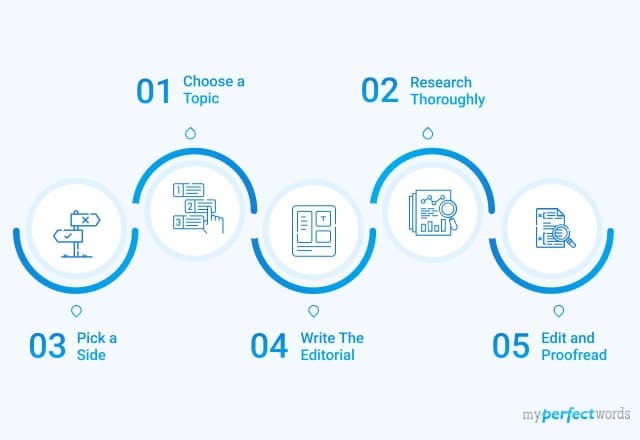
Best Tips on How to Avoid Plagiarism

How to Write a Movie Review - Guide & Examples
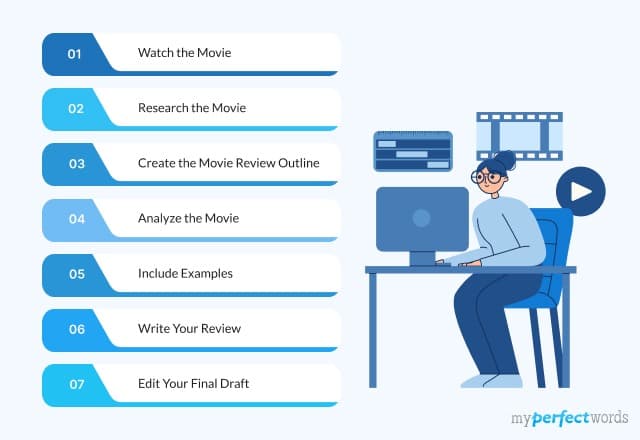
A Complete Guide on How to Write a Summary for Students

Write Opinion Essay Like a Pro: A Detailed Guide
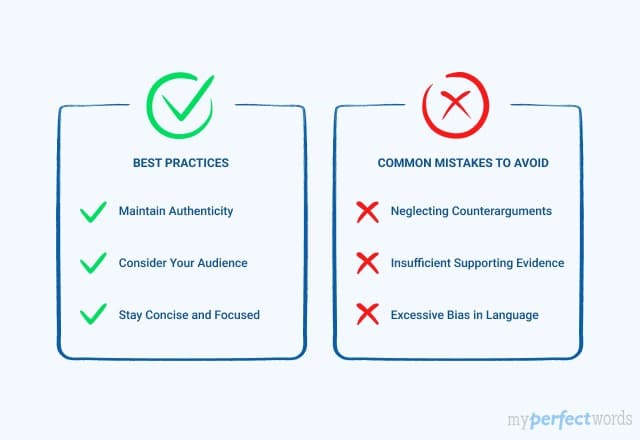
Evaluation Essay - Definition, Examples, and Writing Tips

How to Write a Thematic Statement with Examples
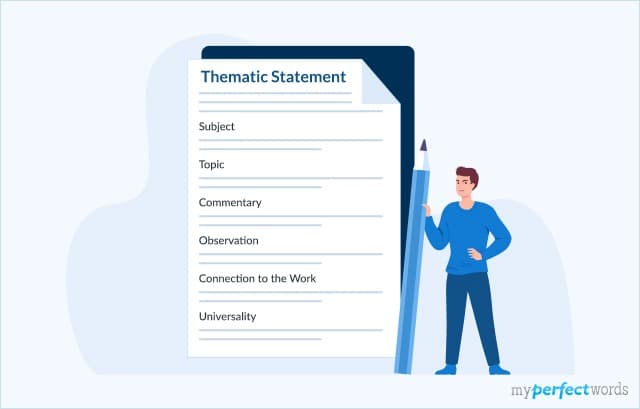
How to Write a Bio - Quick Tips, Structure & Examples

How to Write a Comparative Essay – A Complete Guide

Visual Analysis Essay - A Writing Guide with Format & Sample
-10652.jpg&w=828&q=75&dpl=dpl_Gdsvp7W41w43ZdA5Qu4MrGDa9Trz)
List of Common Social Issues Around the World
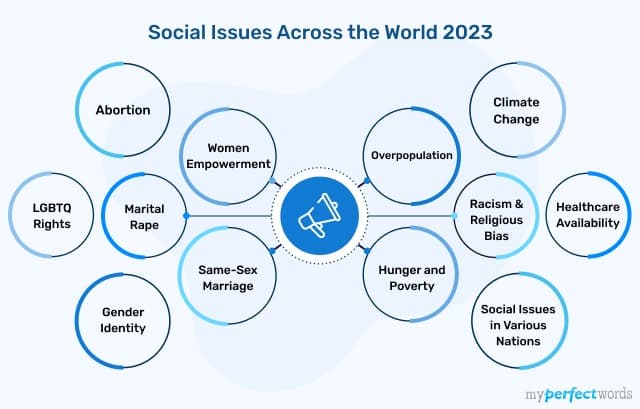
Writing Character Analysis - Outline, Steps, and Examples

11 Common Types of Plagiarism Explained Through Examples
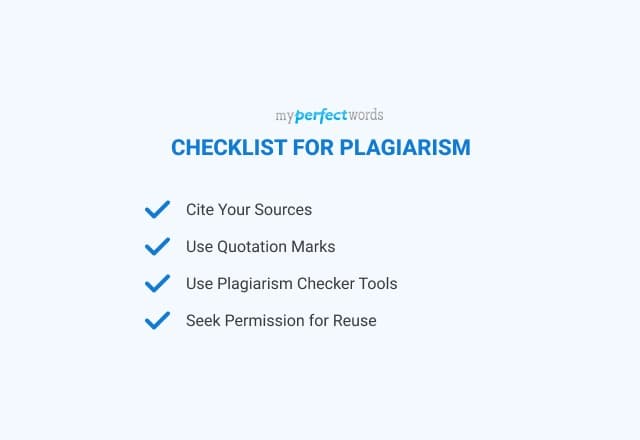
Article Review Writing: A Complete Step-by-Step Guide with Examples
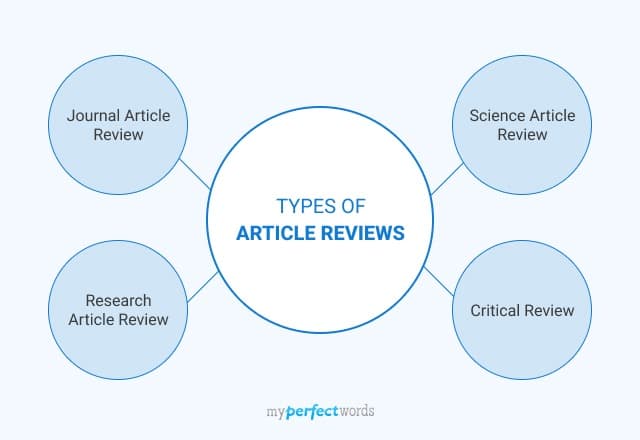
A Detailed Guide on How to Write a Poem Step by Step
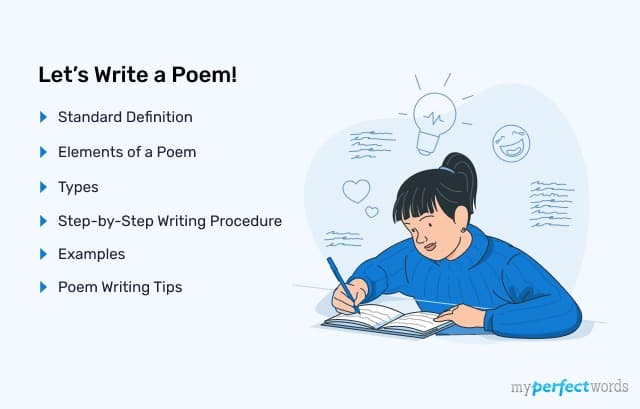
Detailed Guide on Appendix Writing: With Tips and Examples
